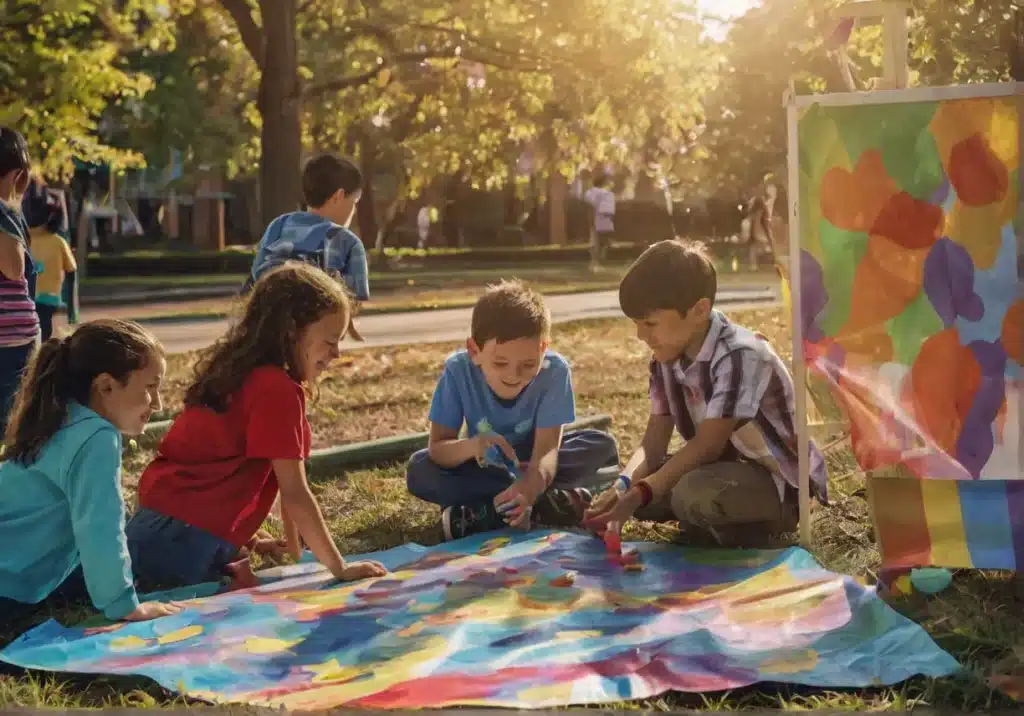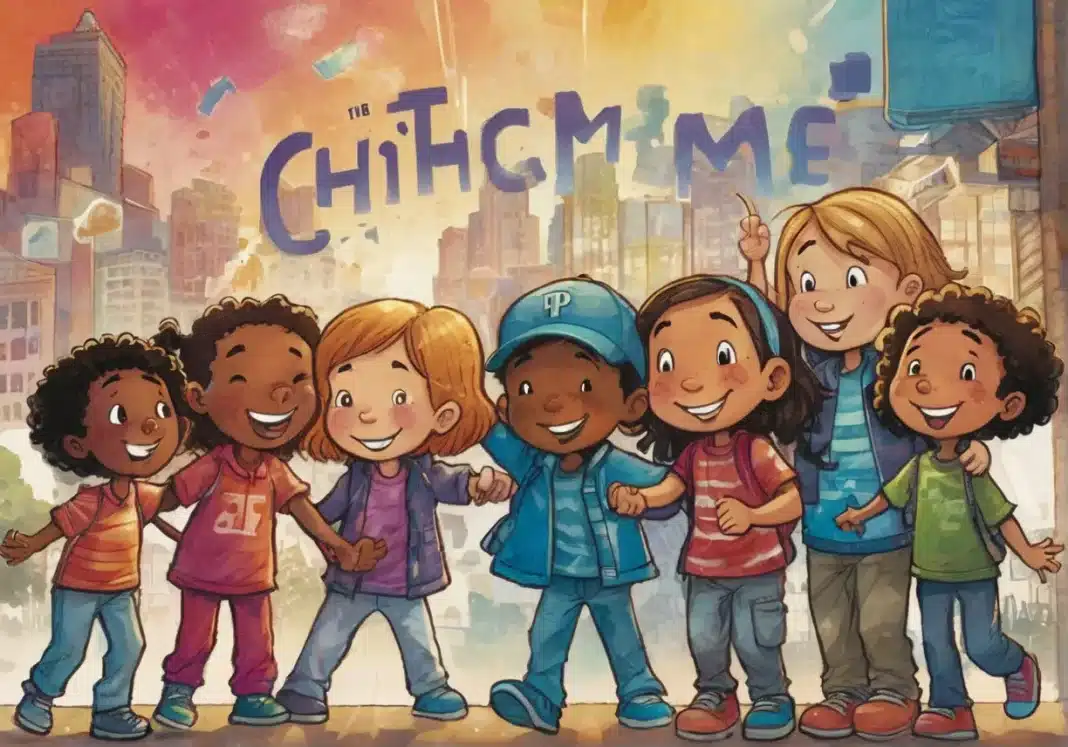Introduction
In a world where acceptance often takes a backseat to awareness, understanding the significance of autism acceptance campaigns for kids is crucial. Unlike awareness, which merely acknowledges the existence of autism, acceptance strives to create an inclusive environment where individuals on the autism spectrum are embraced for who they are.
Understanding Autism
Autism, or autism spectrum disorder (ASD), is a neurodevelopmental condition characterized by differences in social communication and interaction, as well as restricted interests and repetitive behaviors. Despite the prevalence of autism, there are still many misconceptions surrounding the condition, leading to stigma and discrimination.
Autism Acceptance vs. Awareness
While awareness initiatives aim to educate the public about autism, acceptance goes a step further by promoting understanding and inclusion. Instead of simply acknowledging the existence of autism, acceptance campaigns seek to create a world where individuals with autism are valued and respected for their unique strengths and abilities.

Benefits of Autism Acceptance Campaigns
Autism acceptance campaigns have numerous benefits, including creating inclusive environments where individuals of all abilities feel welcome. By fostering empathy and understanding, these campaigns help break down barriers and promote positive interactions between neurodiversity individuals and their peers.
Challenges Faced by Children with Autism
Children with autism often face numerous challenges, including social stigma, limited access to resources, and bullying. Autism acceptance campaigns play a crucial role in addressing these issues and creating a more supportive and inclusive society for all.
Prominent Autism Acceptance Campaigns
Several notable autism acceptance campaigns have made significant strides in promoting inclusion and understanding. From grassroots initiatives to international movements, these campaigns have helped raise awareness and challenge stereotypes about autism.
Strategies for Implementing Autism Acceptance
Implementing autism acceptance initiatives requires a multi-faceted approach, including education, support services, and advocacy. By working together, communities can create environments where individuals with autism can thrive and reach their full potential.

The Role of Media in Autism Acceptance
The media plays a powerful role in shaping perceptions of autism. By portraying individuals with autism in a positive and accurate light, media outlets can help promote acceptance and challenge stereotypes.
Celebrating Neurodiversity
Embracing neurodiversity means recognizing and celebrating the unique strengths and abilities of individuals with autism and other neurodevelopmental conditions. By embracing diversity, we can create a more inclusive society where everyone feels valued and accepted.
Supporting Autistic Children in Education
Education plays a vital role in supporting children with autism. By providing individualized education plans and creating inclusive classrooms, schools can help ensure that all students receive the support they need to succeed.
Empowering Parents and Caregivers
Parents and caregivers of children with autism also need support and resources to navigate the challenges they face. By providing access to support networks and promoting self-care, we can help empower caregivers and ensure they have the resources they need to support their children effectively.
Creating Safe Spaces for Autistic Children
Creating sensory-friendly environments and accommodating diverse needs are essential for ensuring that autistic children feel safe and comfortable in their surroundings. By making simple adjustments, such as reducing sensory stimuli and providing visual supports, we can create environments that are inclusive for all.
Spreading Awareness Through Social Media
Social media platforms provide a powerful tool for spreading awareness and promoting acceptance. By sharing stories and engaging with online communities, we can help challenge stereotypes and promote understanding of autism.
Collaboration and Advocacy
Collaboration and advocacy are essential for driving meaningful change in the autism community. By partnering with organizations and advocates, we can amplify the voices of individuals with autism and work together to create a more inclusive society.
Conclusion
In conclusion, autism acceptance campaigns for kids play a vital role in promoting understanding, inclusion, and empathy. By celebrating neurodiversity and creating supportive environments, we can ensure that all individuals, regardless of their abilities, feel valued and accepted in society.
FAQs
What is the difference between autism acceptance and awareness?
- Autism awareness aims to educate the public about autism, while acceptance promotes understanding and inclusion.
How can I support autism acceptance in my community?
- You can support autism acceptance by advocating for inclusive policies, promoting understanding, and celebrating neurodiversity.
What are some common misconceptions about autism?
- Common misconceptions about autism include the belief that all individuals with autism are alike and that autism is solely a deficit rather than a difference.
How can schools create inclusive environments for autistic children?
- Schools can create inclusive environments by providing individualized education plans, training staff on autism awareness, and promoting positive peer interactions.
How can I get involved in autism acceptance campaigns?
- You can get involved in autism acceptance campaigns by volunteering with local organizations, participating in awareness events, and advocating for inclusive policies.



























